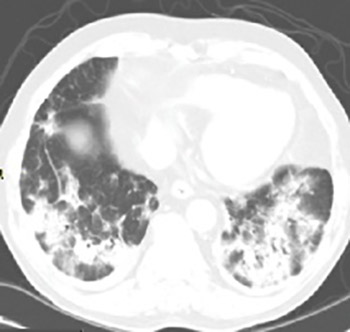Acute Respiratory Distress Syndrome: Insights Gained from Clinical and Translational Research
DOI:
https://doi.org/10.17305/bjbms.2009.2764Keywords:
Respiratory distress syndrome, adult, mechanical ventilation, pulmonary edemaAbstract
Acute lung injury and its more severe form acute respiratory distress syndrome (ARDS) are characterized by diffuse impairment of alveolocapillary membrane in the settings of different predisposing conditions such as sepsis, trauma and shock. Many intrahospital exposures, including aspiration, delayed resuscitation, high tidal volume mechanical ventilation and non critical use of transfusions may contribute or worsen ARDS. Therapy is targeted to treatment of predisposing condition, life supportive measures and prevention of nosocomial complications. Rigorous adherence to lung-protective mechanical ventilation is critical to prevent ventilator induced lung injury and decrease mortality. Although survival of ARDS patients has improved in the last decades ARDS mortality rates are still high and survivors encounter significant physical and psychological impairments
Citations
Downloads

Downloads
Published
How to Cite
Accepted 2017-12-04
Published 2009-10-20









